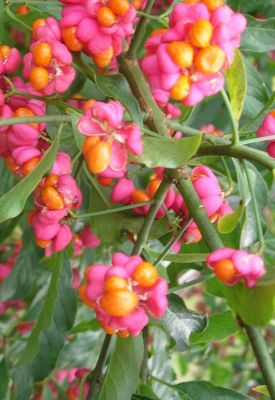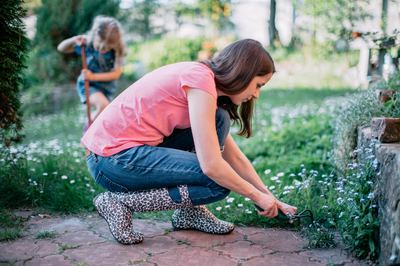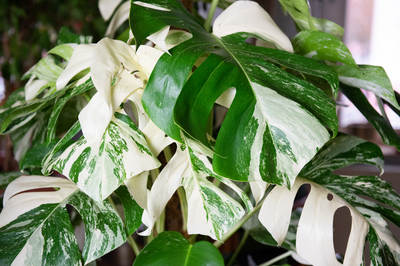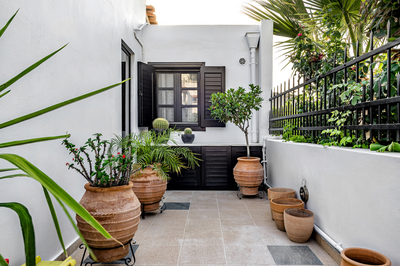
If you’re thinking of planting a hedge, it’s well worth considering deciduous varieties, they are easy to grow and need an occasional trim. Deciduous hedging plants often have beautiful flowers and/or berries which attract wildlife to the garden, contributing to biodiversity and most have fabulous autumn foliage too.
So, what are you waiting for, here are my six favourite deciduous hedging plants.
Top 6 deciduous hedging plants
1. Beech
One of the most popular traditional hedging plants, Beech (Fagus sylvatica) grows well in most free-draining soils, in sun or light shade. The new leaves are vivid green in spring, darkening slightly in summer and then turning gold in autumn, the plants retain their leaves until new growth begins again in Spring. Nuts from Beech are a valuable food source for wildlife.
Beech grows about 30-60cm (1-2ft) per year
2. Hornbeam
If you like the look of a beech hedge, but your soil is heavy clay, hornbeam (Carpinus betulus) is the answer. It looks very similar to beech, but copes better with wet soils, although it doesn’t hold its leaves for as long through winter as beech does. Provides a safe secure habitat for wildlife throughout winter.
Hornbeam grows slightly faster than beech at a rate of 60-80cm per year
3. Barbary
Berberis thunbergii has light green foliage that turns brilliant shades of red, yellow and orange in autumn, yellow flowers in spring and provides prickly security all year round, its colourful foliage falls from the branches in winter while the plants display small, attractive red berries. a fantastic plant for increasing the population of wildlife in your garden.
Grows at a rate of 15cm a year.
4. Wild Rose
Rugosa roses (Rosa x rugosa) make a lovely informal hedge, with large, scented flowers all through summer followed by spectacularly large red hips in winter. Butterflies and bees will love the flowers while the hips provide an invaluable source of food for wildlife, the very thorny stems also provide good security.
Grows at a rate of 40cm-60cm a year
5. Hawthorn
Hawthorn (Crataegus monogyna) is another excellent choice for wildlife-friendly gardens, with flowers in spring for bees, followed by berries for birds. The thorny branches also provide good security for nesting birds. Colourful autumn leaves and berries keep it looking good into winter.
Grows at a rate of 40-60cm a year.
6. Spindle or Peg Bush
Euonymous europaeus is well known for it's stunning autumnal colours, in which the vibrant pink capsules open-up to reveal even more viborant orange fruits, it's leaves turning from a deep green to a bright glowing red. The fruits are often retained well into the winter months make it a highly attractive pollinator. Called Spindle or Peg bush simply because it was a valuable source of hard wood used to make spindles and clothes pegs.
Grows at a rate of 40-50cm a year
Plant bare root hedging from November to March for optimal growing conditions.
Visit us at Ahern Nurseries & Plant Centre to choose from our wide range of hedging plants suitable for your garden situation.




